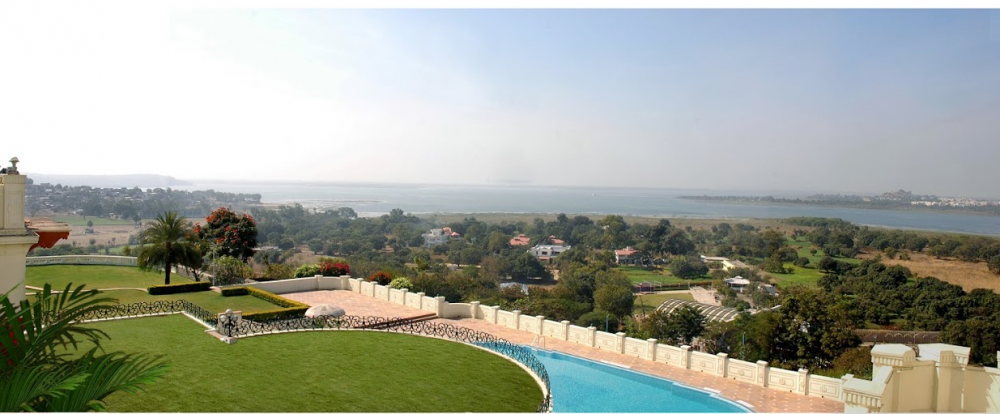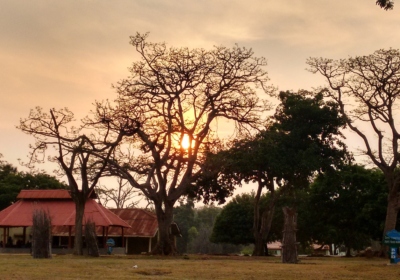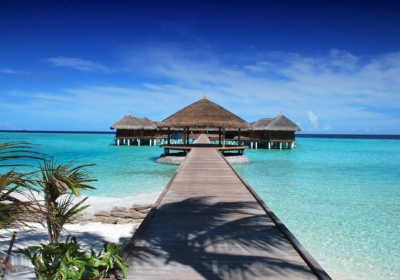Popular for its mix of Hindu-Islamic art and the old charm, the city of Bhopal holds a distinct appeal to the world. Several dynasties have ruled over this land. The city greatly flourished under its Muslim rulers, which can be seen in the monuments and lifestyle of people here. Much unlike the past of other cities in India, Bhopal had many glorious periods under the rule of female rulers. The talent, bravery and power shown by the women rulers are exemplary. Here is a brief history of the city.
Origin of the city – Earlier called by the name of Bhojpal, Bhopal was initially built by King Bhoj back in the 11th century. Bhojpal, the name, was derived from the King, who had ruled and developed the city for years. With time, the fate of the city fell and rose several times under its various dynasties. Once the Pararama rule began to decline, the glory of Bhopal started to wane.
The Muslim Rule – Soon later, the city was ruled by the Mughals when various rulers ruled the city. Post the demise of Aurangzeb, Mohammad Khan, an Afghan soldier, who belonged to the Orakzai tribe, came to conquer the region and slowly laid the foundation of Bhopal. Mohammad Khan brought with him the Islamic culture and art from his homeland and beautifully displayed it in the many works of architecture, which he undertook. The ruins of these are still seen at Islam Nagar.
One cannot narrate the history of the city without mentioning about the rule of Begums. The women of the royal family lived respectfully, followed Islam and were very good administrators. Qudsia Begum, the first female ruler of the city, came to power in the year 1818 after the murder of her husband. Even though she was not educated, her strong and brave acts made her well known. After her reign, it was her daughter Sikandar, who went on to become the Queen of Bhopal. Sikander was well trained in bravery acts and martial arts and fought several battles. Following her rule, she was succeeded by her daughter named Shah Jahan Begum, who ruled Bhopal from 1865 to 1900. Unlike her mother, she took interest in music, art, architecture and poetry. She spent much time on architecture and art of the city during her reign. Several palaces were built, which have been now turned into heritage hotels. You can put up at one of these heritage hotels in Bhopal when you visit the city.
Post Independence – Bhopal was the last princely state to certify the Instrument of Accession agreement in 1947. Although India gained its independence in 1947, HH Hamidullah Khan, the Bhopal ruler, surrendered the state to the Indian Government later in May 1949.
Bhopal Gas Tragedy – On 3rd December 1984, the city witnessed its worst tragedy ever when a plant carrying union carbide leaked about 42 tons methyl isocynate, which caused the death of almost 3000 people. Till date, people in Bhopal suffer from the toxic aftermath of the chemicals.
It is always good to visit a place after knowing its history. So that when you visit the monuments, you have a better knowledge of its origin.







Recent Comments